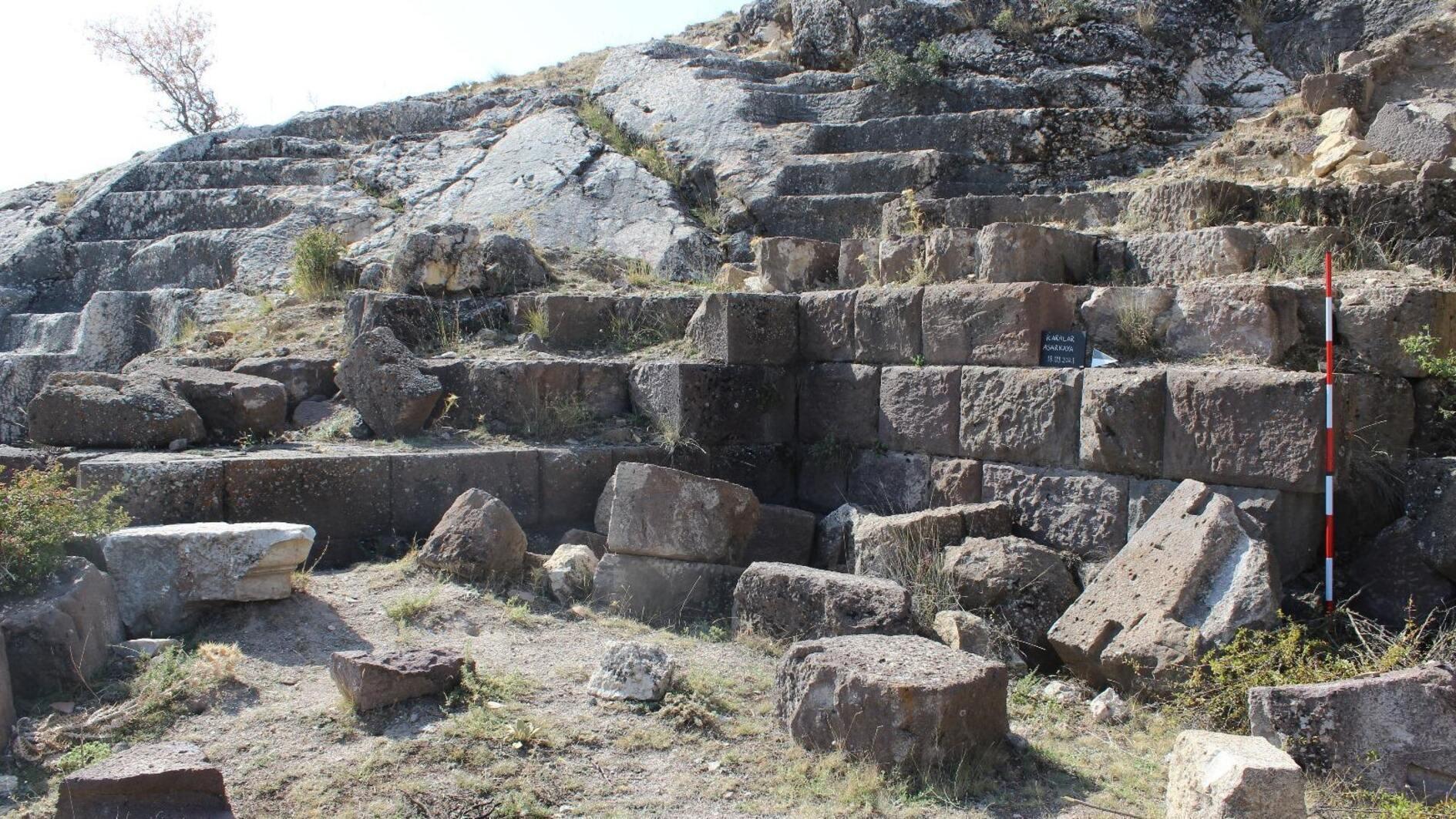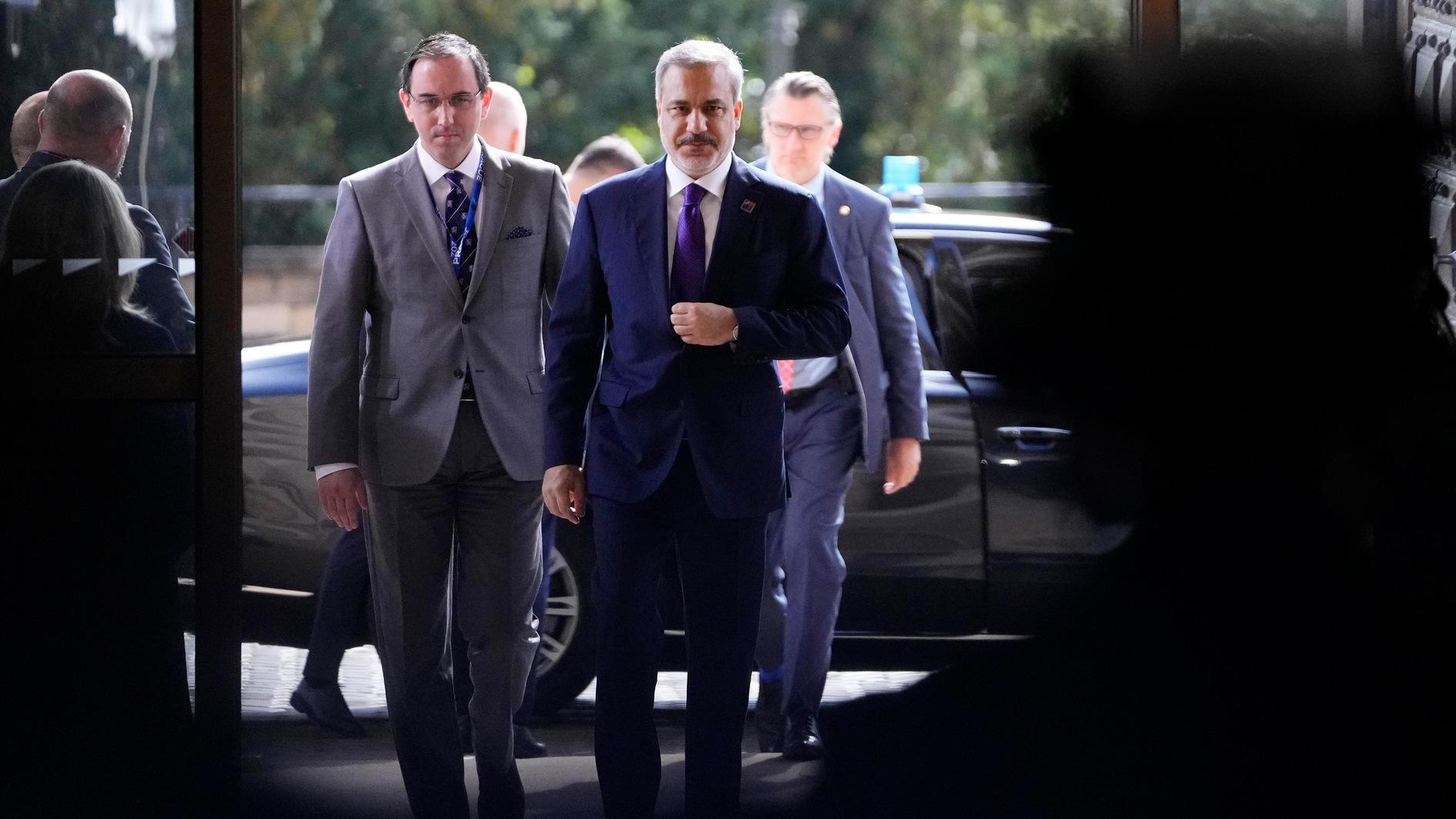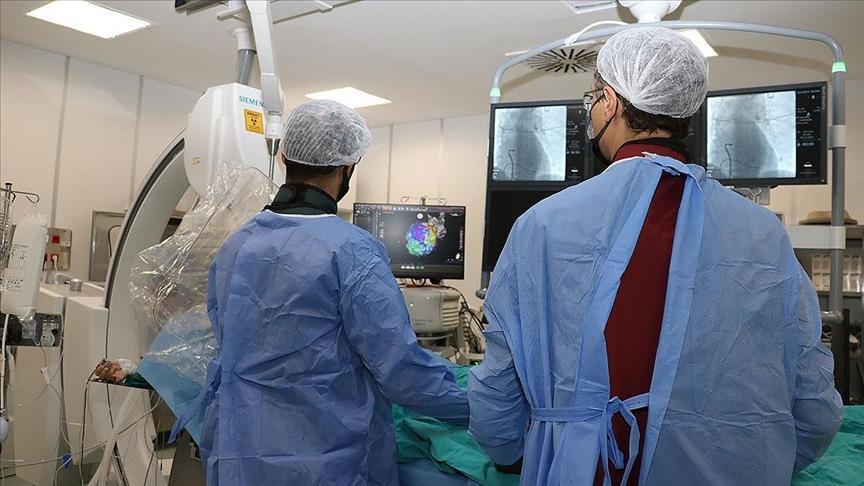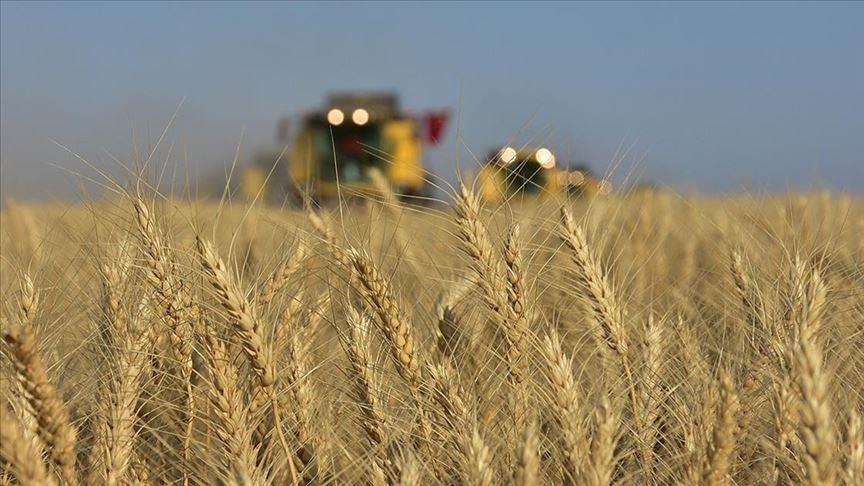Hellenistic, Roman and Byzantine-era settlements unearthed in Ankara
ANKARA

The surface surveys that began in September 2021 in Ankara’s Kahramankazan district and carried out by Ankara University were completed last month, aiming to investigate rural Ankara during the Roman Empire and reveal classical period settlements.
A Galatian settlement was discovered in the Asarkaya area of the district’s Karalar neighborhood, which hosts significant findings from the Hellenistic period. Also, it was determined that life continued in other settlement areas of the district from the Hellenistic, Roman and Byzantine periods.
Ankara University faculty member Associate Professor Çiğdem Gençler Güray stated that the work that started in Karalar was based on the Hellenistic period remains unearthed by Professor Remzi Oğuz Arık in 1933.
“The Central Anatolia region has been inhabited by the Galatians, or Celts, who arrived from the West since the third century B.C. When they settled in this region, they divided the land among tribes. The Kazan region is where we mostly find settlements belonging to the Tolistobogii Galatians. In the excavations carried out in 1933, archaeological data related to the lives of these Galatians or reflecting that period was encountered. Our aim is to better understand and identify the area. We conducted field surveys both in Karalar and the surrounding villages of Kahramankazan," she explained.
"The surveys revealed that Karalar was an important center in the Hellenistic period, before the Roman era, with structural formations, wall remains, and burial findings. The tombs unearthed during the excavations suggest that it was a central Galatian settlement. In other settlements in Kazan, such as Fethiye, Kınık and Dağyaka, we discovered simple rural living spaces reflecting the continuity of life. Thus, we can say that we have identified continuity from the ancient period to the present in Kahramankazan,” she added.
Güray emphasized that the surface research revealed traces of rural life in the form of simple structures and ceramics.
“Through ceramics, we can determine that there were small rural settlements and villages in these areas. This was a valuable discovery for us, as it has provided new data for identifying settlements from the Hellenistic, Roman, and Byzantine periods around Ankara. We mostly know about Roman-era Ankara, especially its status as a provincial capital. However, we had very little information about its rural areas from this period. We hope to uncover more new information that will significantly contribute to the history of Ankara. Karalar is important to us because it represents a living space from this period. Our goal is to understand the Galatians, their settlements, and their cultural changes. We hope that our future work will uncover even more findings,” she said.
Güray also mentioned that the four-year project will be published as a book for public release, adding that the Galatian period in Ankara is well-known in historical sources but not fully understood archaeologically.
She also raised concerns about treasure hunters damaging the area after the excavations, saying, “Unfortunately, we heard that treasure hunters are frequently seen in the area. Treasure hunter activities have greatly increased the destruction in Karalar. This site is a cultural treasure. Sadly, not just Karalar, but many archaeological sites in Turkey are also at risk. We need to educate the public. There is no treasure hidden in rocks or walls. At Karalar, we found places that were blasted with dynamite. The damage is irreversible. These structures, which have survived for thousands of years, have been destroyed by treasure hunters.”
















